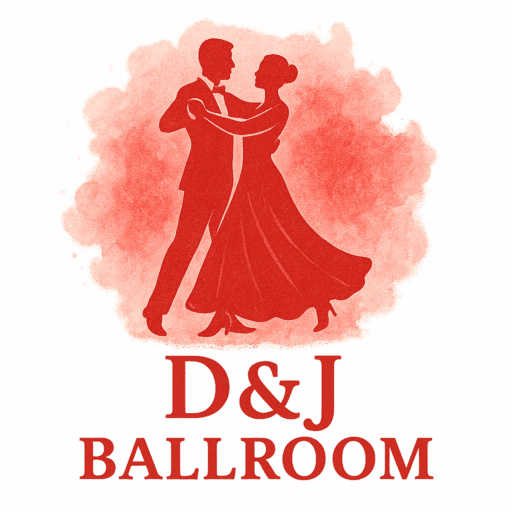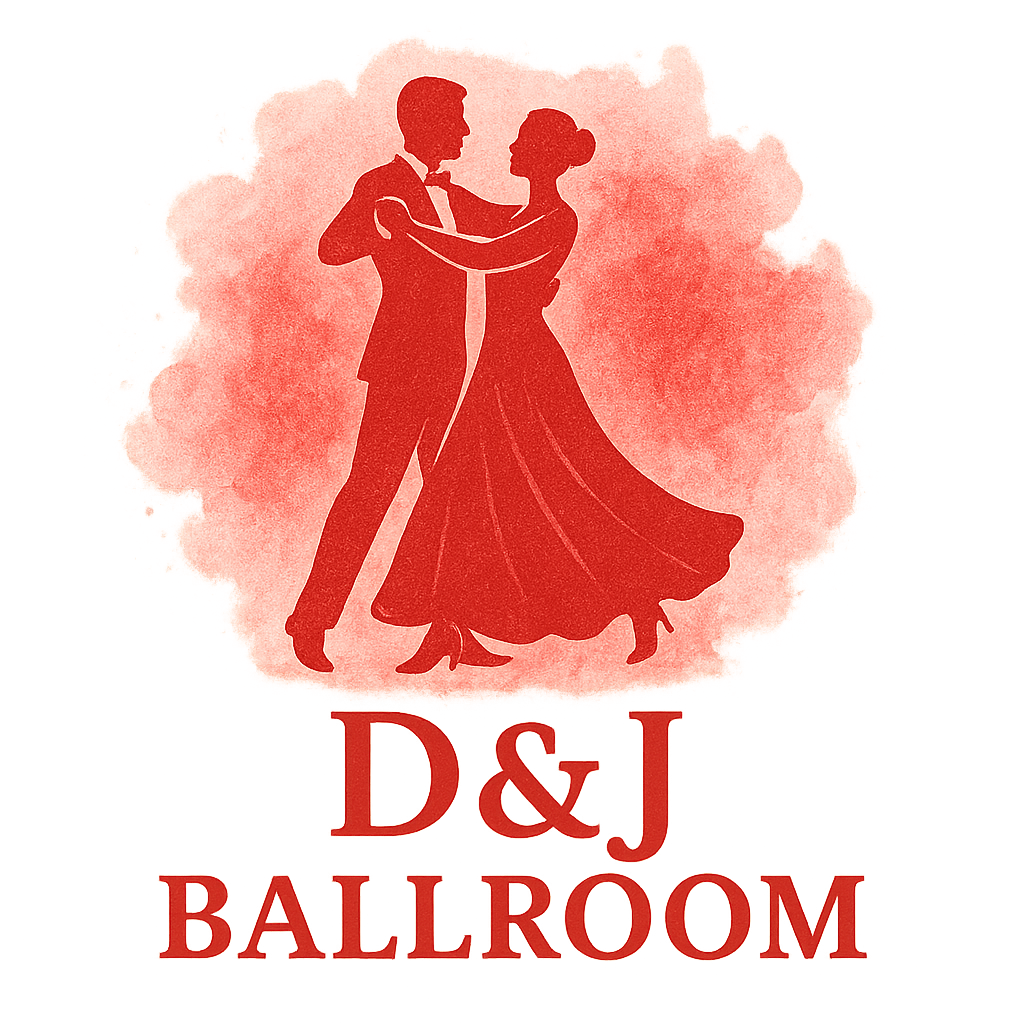Introduction
Have you ever noticed how professional ballroom dancers instantly command attention the moment they step on the floor? Their secret isn’t just in the fancy footwork or the sparkling costumes—it’s their shoulder and neck posture.
Posture is one of the most underrated aspects of ballroom dance. Without it, even a well-executed step can look sloppy or awkward. But with it? Every movement becomes elegant, confident, and captivating.
In this guide, we’ll explore 10 ballroom technique drills for shoulder and neck posture that you can start practicing today. Along the way, we’ll connect posture to ballroom history, culture, and technique—so you’ll understand not just the how, but also the why.
Why Shoulder and Neck Posture Matters in Ballroom Dancing
First Impressions and Dance Aesthetics
In ballroom, posture is everything. Judges, teachers, and even social dance partners notice your frame before you move a single step. If you’ve ever studied the history and culture of ballroom, you’ll know that elegance and presentation have always been at the heart of the art form.
Preventing Injuries and Muscle Strain
Poor alignment causes more than just sloppy dancing—it can lead to neck strain, tight shoulders, or even chronic back problems. Practicing posture drills builds the strength and awareness to protect your body, which is essential for anyone training seriously in ballroom techniques.
Connection Between Partners
A solid frame is what allows two dancers to move as one. Proper shoulder and neck posture creates that strong but flexible connection—something you’ll see emphasized in competitive ballroom events, where precision and harmony matter most.

Common Posture Mistakes Dancers Make
Rounded Shoulders
Rolling your shoulders forward collapses the chest and weakens your frame. It’s one of the most common errors beginners face when learning ballroom dance styles like the waltz or foxtrot.
Stiff Neck and Head Tilt
Overcompensating with a rigid neck or exaggerated head angle often makes dancers look tense rather than graceful. The goal is elongation, not stiffness.
Collapsing Chest
A sunken chest not only disrupts alignment but also makes breathing more difficult. Since breath supports movement in ballroom, especially in flowing dances like waltz, this mistake can hurt both your posture and performance.
Preparing for Posture Drills
Warm-Up Stretches
Before drilling, loosen your muscles with neck rolls, shoulder shrugs, and gentle back stretches. Think of this as preparing the canvas before painting.
Breathing and Relaxation
Posture should feel natural, not forced. Try deep belly breaths to release tension before holding your frame.
Setting Up a Mirror or Camera
Visual feedback is key. Mirrors are great, but recording your drills and comparing them to dancers in training sessions helps you see where adjustments are needed.
10 Ballroom Technique Drills for Shoulder and Neck Posture
Drill 1: Wall Alignment Check
Stand with your back against a wall—heels, hips, shoulder blades, and the back of your head touching. This simple exercise sets the blueprint for correct posture in ballroom drills.
Drill 2: Shoulder Blade Squeeze
Engage the muscles between your shoulder blades by squeezing them gently together. Imagine “pinching a pencil” behind your back. This builds the strength needed for an open chest in dance competitions.
Drill 3: Neck Elongation Exercise
Visualize a string pulling the crown of your head upward. This exercise prevents the dreaded “turtle neck” look and prepares you for dances where head carriage is key, like the tango.
Drill 4: Arm Frame Hold with Partner
Get into frame with your partner and hold for 30–60 seconds. Focus on shoulders staying down and neck lengthened. This drill is vital for strong yet elegant partner connection.
Drill 5: Resistance Band Shoulder Stability
Use a resistance band to strengthen shoulder stabilizers. Pull outward with elbows bent at 90 degrees, mimicking the effort of holding your arms in dance frame.
Drill 6: Book-on-Head Balance Walk
An old-school drill that never fails—walk with a book balanced on your head. It reinforces length through the spine and steadiness in the neck, echoing traditions seen in ballroom fashion and attire where dancers carried themselves regally.
Drill 7: Frame Against the Wall
Face the wall, raise your arms into frame, and press lightly against it. This prevents drooping elbows and collapsing shoulders.
Drill 8: Slow Motion Rise and Fall with Posture Focus
Perform basic waltz rise-and-fall slowly, ensuring the shoulders remain stable and the neck elongated. This builds posture awareness through motion.
Drill 9: Partner Shadow Drill
Stand just behind your partner, mirroring their frame without touching. It sharpens posture awareness while enhancing partner synchronization.
Drill 10: Dance Sequence with Posture Awareness
Pick a short routine from any ballroom dance style and run through it focusing solely on maintaining correct shoulder and neck posture.
Tips for Practicing Shoulder and Neck Posture
Frequency and Duration
Consistency wins. Ten minutes daily beats one long weekly session.
Using Music to Stay Relaxed
Play soft waltz or tango music in the background. It helps avoid tension and keeps posture flowing with rhythm.
Combining Drills with Dance Routines
Blend drills into practice. For example, add a posture focus to your event preparation so it becomes second nature under pressure.
How Good Posture Elevates Ballroom Performance
Confidence on the Dance Floor
Posture projects confidence. Even if you’re new to ballroom, standing tall instantly makes you look like you belong.
Better Lines and Shaping
Correct posture enhances shaping in dances like the tango or waltz, creating those sweeping, elegant lines judges love.
Stronger Partner Connection
Your partner feels more secure when your posture is stable. This leads to smoother execution and a more enjoyable dance experience.
Conclusion
Posture is the unsung hero of ballroom dancing. By practicing these 10 ballroom technique drills for shoulder and neck posture, you’ll improve not only your physical alignment but also your overall dance quality.
Remember, it’s not about being stiff—it’s about being strong, elongated, and connected. Shoulders relaxed, neck tall, chest open—that’s the formula for elegance on the ballroom floor.
So whether you’re preparing for competitions, perfecting your technique, or simply dancing for joy, posture will always set you apart.
FAQs
1. How often should I practice these posture drills?
Daily for 10–15 minutes. Small, consistent practice brings lasting results.
2. Can beginners use these drills?
Yes, they’re safe and effective for dancers at all levels. Many are even recommended during early ballroom training.
3. Do I need special equipment?
Not really. A wall, mirror, or light resistance band is enough.
4. Will these drills help with back pain?
Yes. Improving posture relieves pressure on the upper back and spine.
5. Can I practice without a partner?
Absolutely. Most drills are solo-friendly, though partner drills help with connection.
6. How long before I see improvement?
Consistent practice shows results in 3–4 weeks.
7. Are these drills only for ballroom?
They’re perfect for ballroom but also beneficial in other posture-focused dances like ballet and Latin styles.


